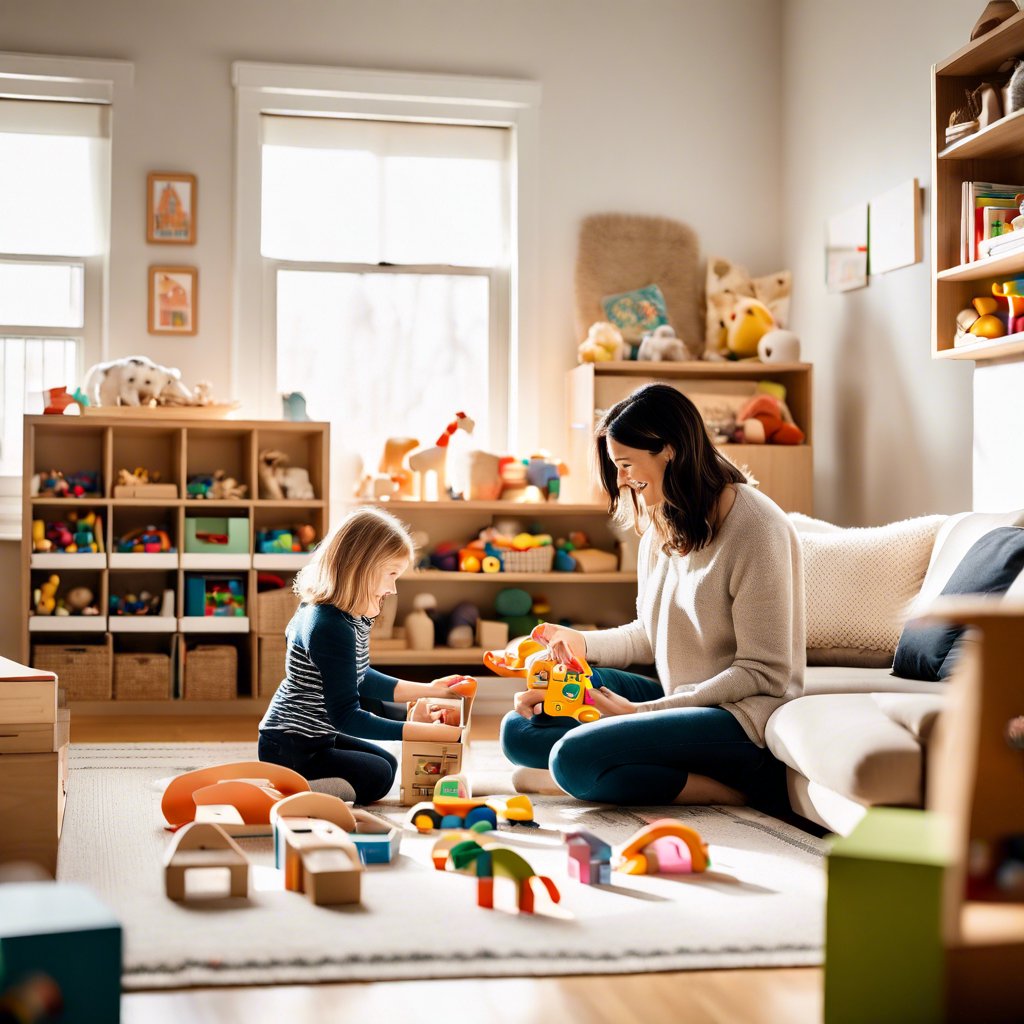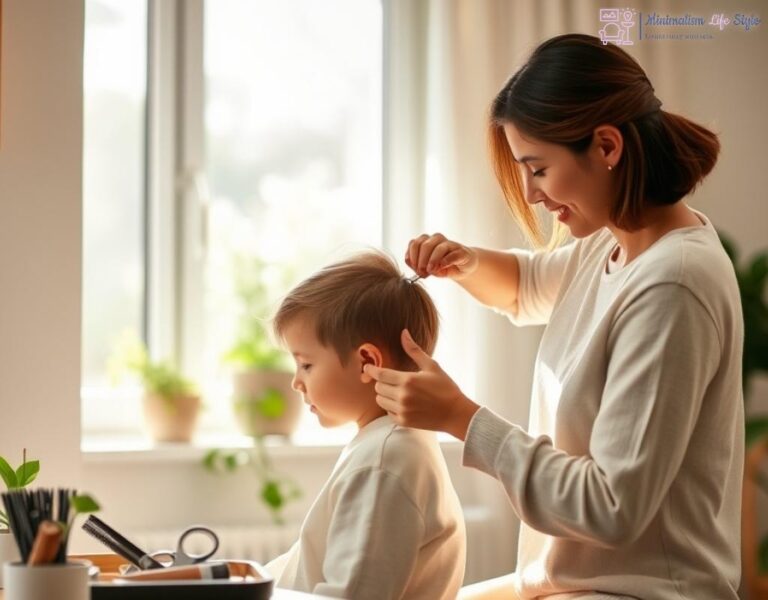In a world inundated with toys, gadgets, and endless choices, teaching kids the art of decluttering can be a transformative experience. This journey not only encourages them to appreciate what they have but also instills valuable life skills that foster independence and responsibility. As parents and educators, we can guide children through age-appropriate lessons in minimalism that nurture their ability to decide what truly matters.

Understanding that every child is unique, it’s essential to tailor decluttering lessons according to their age. Younger children may need simple, playful approaches, while older kids can engage in more reflective practices. Below, we explore age-appropriate strategies that make decluttering a fun and enlightening experience.
- Preschoolers (Ages 3-5): Use games like ‘Keep or Toss’ where they decide the fate of their toys with your guidance.
- Early Elementary (Ages 6-8): Introduce the concept of ‘favorites’—encourage them to choose a set number of beloved items to keep, fostering decision-making skills.
- Middle Childhood (Ages 9-12): Encourage them to evaluate their belongings based on utility and joy. They can create a ‘donation box’ for items they no longer use.
- Teens (Ages 13+): Engage in discussions about consumerism and the emotional weight of possessions. Encourage them to assess their space and curate their collections.
The benefits of teaching kids to declutter extend far beyond a tidy room. By instilling a minimalist mindset, children learn to appreciate experiences over possessions, fostering gratitude and mindfulness. As they navigate their belongings and make decisions about what to keep, they also develop critical thinking and emotional intelligence. The process of decluttering becomes a valuable life lesson that equips them with the tools to navigate a consumer-driven society with confidence.




